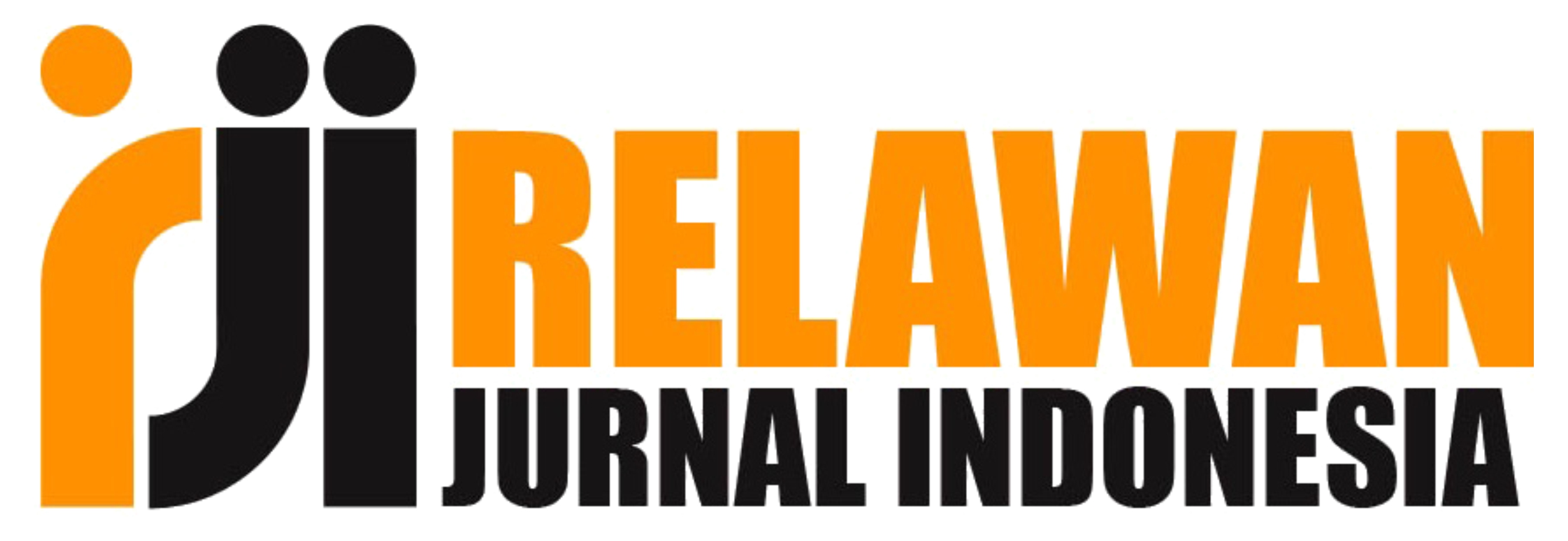PEMBERDAYAAN GURU SMK PENERBANGAN KARTIKA AQASA BHAKTI SEMARANG MELALUI INTEGRASI CHILD FRIENDLY TEACHING MODEL DALAM PROSES PEMBELAJARAN
Abstract
This community service program aims at implementing and integrating CFTM in realizing child-friendly learning. The community service program partner is SMK Penerbangan Kartika Aqasa Bhakti Semarang. The partner is one of the child-friendly schools (SRA) in Semarang City; however, the partner has not implemented child-friendly learning. The priority problems faced by the partner are: 1) There is no common perception between students, teachers, education personnel, principals, and parents regarding the Child-Friendly School concept; 2) There is no joint commitment between students, teachers, education personnel, principals, and parents regarding the Child-Friendly School concept; 3) Students, teachers, education personnel and principals do not yet know the child-friendly learning model; and 4) There has been no implementation of the child-friendly learning model (CFTM) in the partner school. The methods used in this community service program are socialization and training, mentoring learning practices, and monitoring and evaluation. The implementation of this activity shows that the integration of the Child Friendly Teaching Model in learning in vocational schools allows for a transformation in the way teachers teach, especially in building a more positive and participatory learning environment. This is evident from the increase in student interaction, a more conducive classroom atmosphere, and changes in the teacher's approach that prioritizes empathy and active student involvement.
References
Bonwell, C. C., & Eison, J. A. (1991). Active Learning: Creating Excitement in the Classroom. ASHE-ERIC Higher Education Report No.1.
Budiono, C. R. (2021). Makna Merdeka Belajar bagi Siswa dan Siswi Indonesia https://www.kompasiana.com/christoperravael/61222ced06310e04e30a7ba2/makna-merdeka-belajar-bagi-siswa-dan-siswi-indonesia?page=all#section1
Digital Wellness Lab. (2025). Research Brief: Digital Media and Technology for Social-Emotional Learning.
Edutopia. (2023). Using Common Tech Tools to Support Social and Emotional Learning.
Kementerian Pemberdayaan Perempuan dan Perlindungan Anak. (2015). Panduan Pelaksanaan Sekolah Ramah Anak. Jakarta: KPPPA RI.
NAEYC & Fred Rogers Center. (2012). Technology and Interactive Media as Tools in Early Childhood Programs.
National Association for the Education of Young Children. (2009). Developmentally Appropriate Practice in Early Childhood Programs Serving Children from Birth through Age 8.
Nugrahani, D., dkk. (2016). Local Plants as Alternative Media to Promote Child Friendly Learning: best practice in RA Al Hikmah and RA Al Muta’alimin, Semarang Municipality. Proceeding ICCE. UMS Surakarta. https://publikasiilmiah.ums.ac.id/handle/11617/7242
Senowarsito, dkk. (2015). Intervention Model on Child Friendly Education. International Conference: enhancing education quality in facing Asian community. Proceeding https://prosiding.upgris.ac.id/index.php/semnas_2015/s_2/paper/viewFile/642/596
Senowarsito, dkk. (2018). 3Ps-Based Educative Game Tool (APE3P) as Alternative Media to Develop Early Child’s Motor Skills. Dipublikasikan di The 2nd International Conference on Child-Friendly Education (ICCE) 2018
Sofyana, A. I. (2023). Managemen Pembinaan Fisik Siswa Sekolah Semi-Militer di SMK Penerbangan Semarang. Prosiding Seminar Nasional Keindonesiaan. Semarang: FPIPSKR UPGRIS.
Sumardiyani, L., et al. (2011). Model Pembelajaran Ramah Anak Child Friendly Teaching Model (CFTM). Semarang, Universitas PGRI.
United Nations. (1989). Convention on the Rights of the Child. Retrieved from https://www.un.org/ga/search/view_doc.asp?symbol=A/RES/44/25
Copyright (c) 2025 Dyah Nugrahani, Siti Musarokah, Bambang Agus Herlambang, Sunarya Sunarya

This work is licensed under a Creative Commons Attribution-ShareAlike 4.0 International License.
Penulis yang ingin memasukkan naskah untuk diterbitkan pada jurnal GANESHA: Jurnal Pengabdian Masyarakat menyetujui poin-poin di bawah ini.
- Manuskrip yang diserahkan belum diterbitkan sebelumnya baik secara online maupun cetak.
- Manuskrip yang dikirimkan harus mengandung novelty yang baik. Minimal kebaruan referensi adalah 80% dari total referensi yang digunakan.
- Topik manuskrip harus sesuai dengan fokus dan ruang lingkup Jurnal GANESHA: Jurnal Pengabdian Masyarakat
- Penulisan manuskrip telah disesuaikan dengan panduan penulisan yang ditentukan oleh Jurnal GANESHA: Jurnal Pengabdian Masyarakat
- Abstrak dan kata kunci disajikan dalam bahasa Indonesia dan bahasa Inggris dalam pengisian metadata penyerahan manuskrip.
- Referensi yang digunakan 75% harus berasal dari sumber primer (jurnal) dan 25% sumber sekunder (buku, majalah, koran, website, dll).


